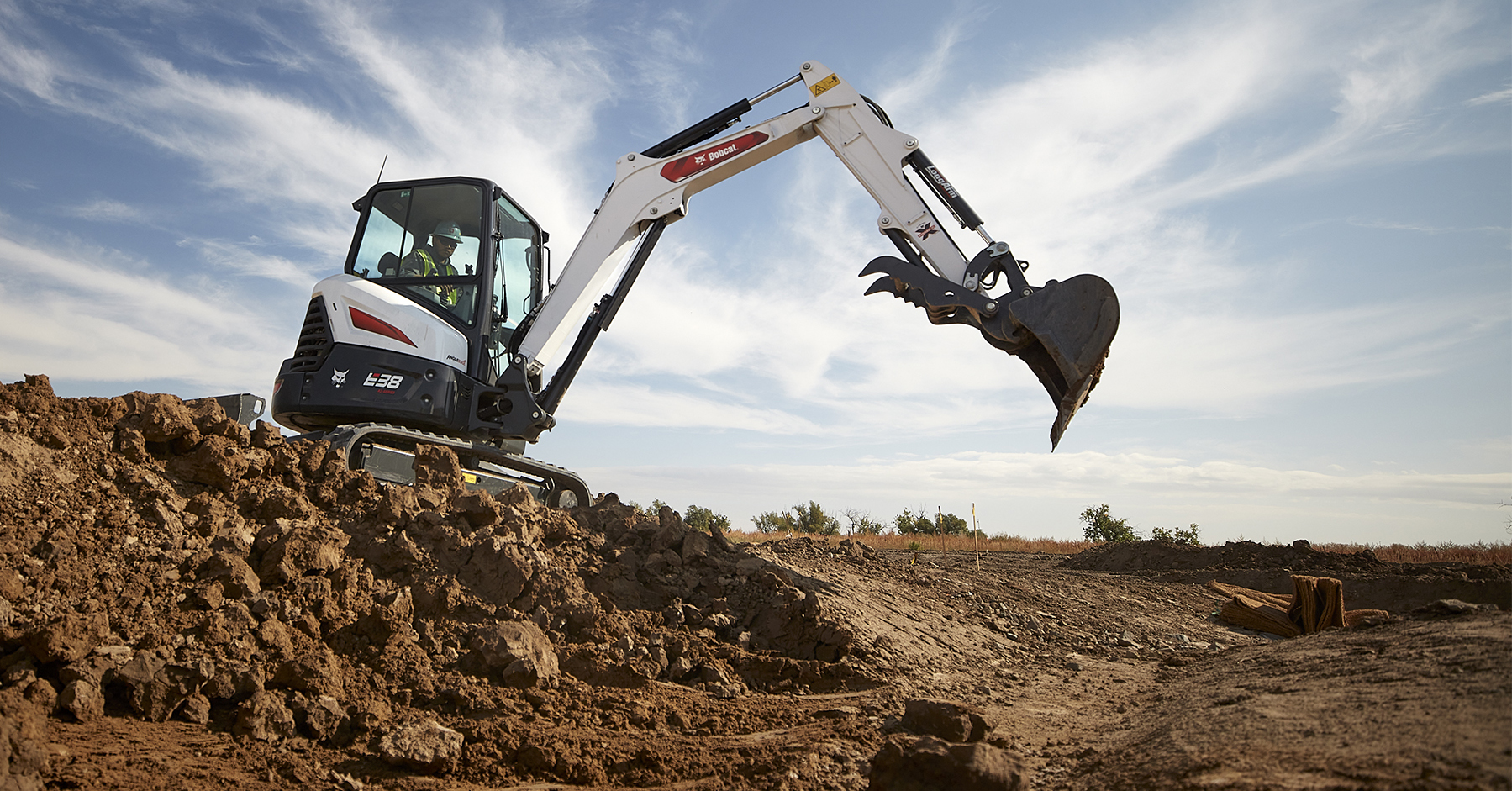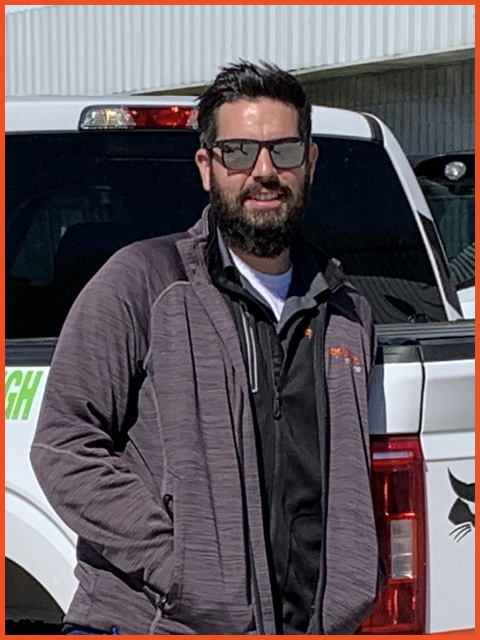How to Safely Operate Your Construction Equipment on a Slope

When it comes to construction projects, the environment in which you must work is constantly changing as different jobs take place in different areas with varying terrains and degrees of slope.
While working on smooth and flat terrain is nice, it is a rare occurrence. Worksites are often riddled with dirt piles, hills, holes, and steep edges, and depending on the type of project, you may even be forced to work at more extreme angles.
Flat surfaces offer more safety and stability, while working on a slope can come with a range of different hazards, making this kind of work more dangerous for operators and necessitating a clear focus on adequate safety measures.
For example, as a piece of heavy machinery turns sideways as it operates on a slope, its centre of gravity shifts. The steeper the slope is, the higher the chance of the centre of gravity shifting too much, resulting in the machine tipping.
Another major issue is that a machine’s lubrication, oil, and fuel all shift with it. If these liquids shift too much, it could affect the machine’s ability to use them as needed, leading to engine failure or damage.
Our guide presents in-depth details on the proper and secure operation of heavy machinery on slopes. It covers areas such as equipment inspection, hazard identification, maneuvering techniques, and communication protocols to guarantee safe and efficient operations. By following our guidelines, you can ensure that your operations are secure and successful.
Best Practices for Safe Operation of Construction Equipment on a Slop
Unfortunately, the risks that come with operating construction equipment on a slope make this kind of work more dangerous for equipment operators. Still, it is often hard to avoid, as it is frequently necessary.
Fortunately, there are ways to increase the safety of such work by employing certain practices that counter the hazards of slopes, including the following:
1. Use The Right Equipment For The Job
With any construction project, it is crucial to ensure the right machinery is being used to complete it. This is particularly important when it comes to working on sloped surfaces.
For instance, if an excavator is required, the best type would be a long-reach excavator. This will generally make it possible for the actual machine to stay secure on stable ground while its lengthy digging arm maneuvers the slope.
Many Bobcat compact excavators offer a “long-arm” and “extendible arm” option, giving the operator that extra bit of reach over comparable models. In fact, Oaken Equipment typically only orders long-arm models as stock to make sure our customers can handle unique terrain and get to those hard-to-reach places.
2. Inspect The Condition Of The Slope
The integrity of a slope, especially a steeper one, can be easily affected by various things like rain, mud, melting snow, ice, or loose rocks. When the terrain that a machine is working on becomes increasingly unstable, a larger machine could slip or shift under its own weight.
If a large vehicle like this overturns, it can be particularly dangerous, both for its operator and for other workers on site. So, it is best to minimize the chances of such incidents.
Therefore, if there has been a streak of bad weather lately or if your inspection of a slope reveals it is not secure, it would be best to wait a day or two for conditions to improve. If the hazard is posed by loose debris, clear it properly before doing any work on the slope.
3. Follow The 70% Rule
When using certain machines, such as excavators, to work on a slope, it is vital that you pay attention to the specific grade of the slope and avoid operating them on a slope of over 70%.
This grade is equal to a 35-degree angle and can generally be determined by a surveyor by calculating the elevation at the top and bottom of the slope.
If a slope seems like it may be too steep, it is always a good idea to find a surveyor who can check this. Closely adhering to the 70% rule significantly increases your safety when operating on slopes.
4. Pay Attention To Track Direction
When operating construction equipment on a slope, having more weight behind you is critical to counterbalance the heavy motor drive. This is why it is necessary for tracked machines to point their tracks up and down instead of sideways.
In addition, when heading uphill, it is necessary for idlers to be pointed forward, while idlers should be pointed down the slope when you are headed downhill. Since idlers are designed to take a machine’s digging force and spread it across its frame through the axles on one side of the frame, the load factors should be over the idlers.
5. Leave Slope Work To The Experts
It takes a significant amount of time and experience for an equipment operator to get to a point where they are comfortable working on a steep slope. Thus, this kind of work should definitely never be assigned to inexperienced operators.
The expertise required to maneuver around a slope safely and effectively is something that only true professionals possess. If operators who are uncomfortable with this kind of work take on such jobs, they could be putting themselves and others in danger.
How Oaken Equipment Can Ensure Your Safety With Machines Designed to Work Well on Slopes
In addition to following the essential safety tips mentioned above when doing construction work on slopes, it is also necessary to ensure that you are working with reliable machines, as this could make all the difference.
If you do not have the right equipment for the job in your fleet and you are interested in a Bobcat rental, Oaken Equipment can help. We are Canada’s largest Bobcat equipment dealer network and have an extensive inventory of all their latest and greatest machinery in stock, including a variety of excavators that are perfect for slope work.
No matter how long you need to rent the equipment for, we are sure to have a rental agreement that suits your needs.
All of our Bobcat rental equipment have low hours and have been serviced by our in-house factory-trained technicians so that they are ready to go when you need them. If you are unsure about the exact type of equipment that will best serve your project, someone from our team of experts would be happy to guide you in the right direction.
Plus, if you end up liking the equipment you rent and you decide that you want to add it to your fleet permanently, we offer a rent-to-purchase program to make that possible.
For more information about our Bobcat rental options or to learn more about what equipment in our inventory is best rated for working on slopes, call Oaken Equipment at 1-888-861-1447.




Leave A Comment